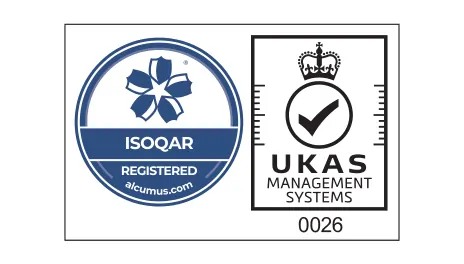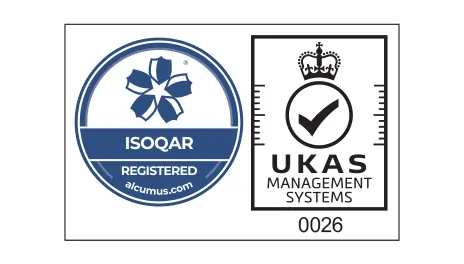
Many applications that once required an engine powered by some sort of solid or liquid fuel can now do the same job using battery power. Over recent years, the capacity, efficiency, and reliability of solid-state batteries have improved exponentially, to the point where you can even run a car on battery power alone. Of course, it’s not just electric cars; buses, mobility scooters, and more all use batteries to get out and about. The electrification sector responsible for manufacturing these high-end batteries and the charging points required to keep them powered is growing year-on-year, and with various net-zero commitments by the government, we don’t see that pattern changing anytime soon.
Electroplating in the electrification sector

By its very nature, the electrification sector depends on high-quality electroplating to keep its products working safely and efficiently. To maximise conductivity and protect against heat and corrosion damage, the metal core of the battery often requires several layers of plating to meet industry standards. The charging points, too, must be up to scratch, with the best plating solutions applied to ensure fast and effective charging.
These are some of the reasons that electroplating plays such an important role in the electrification industry:
![]()
Corrosion resistance

Solid batteries often contain corrosive chemicals, which is why they must be so robustly built. These chemicals can damage untreated steel casings, making a suitable electroplating method an essential consideration. An alloy of zinc and nickel is the most popular and effective choice for plating these components, as it creates a sacrificial layer of metal that resists corrosion. At the same time, it can strengthen the metal substrate, making it more durable.
Heat resistance

Both charging stations and the batteries themselves can heat up with prolonged use. To protect the battery and whatever vehicle or device it is powering, it’s important to plate the batteries with heat-resistant materials. Copper, nickel, and zinc are all excellent choices for this process as they deliver great results while also being cost-effective.
Improved Conductivity

Excellent conductivity is crucial, as it can affect the battery’s overall performance as well as charging times, efficiency, and power output. There are many metal plating methods that can improve conductivity for you, including tin, nickel, copper, silver, and gold. This means there is an appropriate solution for every price point. Plating for conductivity is also essential for your charging points and connectors.
Multi-layer Electroplating

Of course, many car, bus, and scooter batteries need all of these beneficial properties if they are to meet their users’ expectations. Fortunately for our clients in the electrification industry, we can achieve this by plating in multiple layers. Starting with a deposition of copper plating, we can build up with nickel or tin (or possibly both, depending on your specifications), before finishing off with silver for optimal conductivity. Different applications require different layering processes, but our team of experts will be able to recommend the most effective solution.
Our Accreditations


ISO 45001:2018 – Health & Safety
ISO 45001:2018 is the international standard for Occupational Health and Safety Management Systems (OHSMS), replacing OHSAS 18001. By working to this standard, we protect the health, safety, and wellbeing of our employees, visitors, and anyone affected by our operations

ISO 14001:2015 – Environment
ISO 14001 is an internationally recognised standard that sets the requirements for an environmental management system (EMS). By working to the ISO 14001:2015 standard, we improve our environmental performance through the efficient use of resources and waste reduction, while strengthening our position and building trust with our stakeholders.

ISO 9001:2015 – Quality
ISO 9001 is the international standard for Quality Management Systems (QMS). By working to this standard, we strengthen our practices to meet the needs of our customers and stakeholders, using a framework that drives continuous improvement. It ensures we deliver consistent quality in our electroplating services through the correct application of a QMS.
Other sectors we cover


When using metal plating techniques in the electrical and electronic sectors, the two key concerns are precision and conductivity. Often you have to risk one in order to benefit from the other. This is where our expertise comes in, balancing the pros and cons of each metal, in order to deliver electronic components that work the way you need them to.

Whether we’re talking about the National Grid, criss-crossing the country providing the nation with its electricity, or more renewable sources of power generation like wind turbines and solar panels, electroplating is essential to the power industry. Components undergo great pressure on a day-to-day basis and must be robust enough to withstand the strain.

If components used in the power generation industry are under stress, it is nothing compared to the oil and gas sector. From North Sea oil rigs, to natural gas extraction centres, through to the pipeline infrastructure that gets it to hundreds of sites across the country for processing, the industry needs plated materials that can survive in the harshest of environments.











